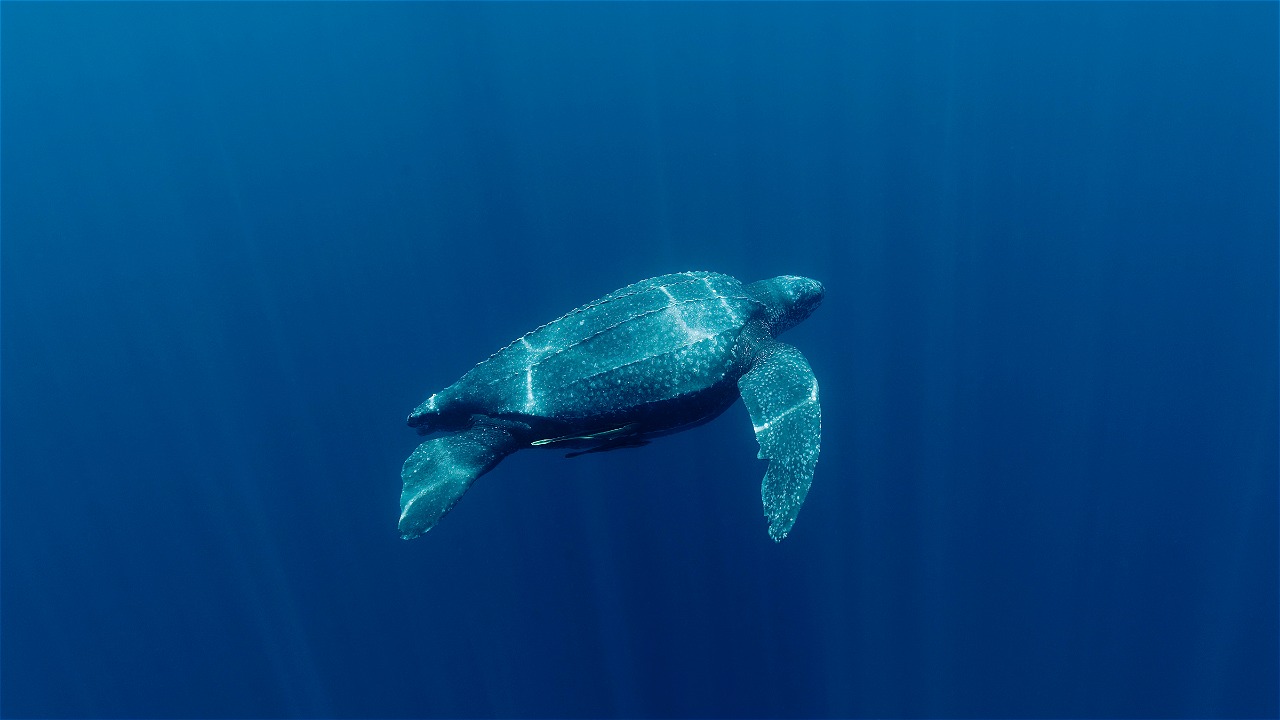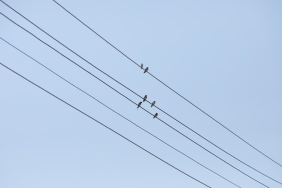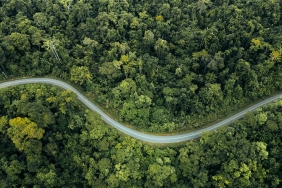TRAINING ON SEA TURTLE HANDLING ON BOATS AS A CONSERVATION EFFORT IN WEST KALIMANTAN
By: Sanny Tri Utami (Bycatch and Sharks Conservation Assistant)
The Training on Handling Sea Turtle Bycatch on Boats was conducted again. After Banyuwangi Regency in East Java Province, on October 8 - November 25, 2016 WWF-Indonesia conducted another training in West Kalimantan Province. With the aim of reducing the mortality rate of sea turtles caught accidentally (bycatch) in net and longline fishing gear, this training was attended by 767 fishermen from 35 villages or ports in five districts in West Kalimantan, namely Sambas Regency, Singkawang City, Bengkayang Regency, Mempawah Regency and Kubu Raya Regency.
West Kalimantan is one of the provinces that has a high potential bycatch of Endangered, Threatened, and Protected (ETP) biota. The coast of West Kalimantan is also an important habitat for sea turtle migration and nesting areas that intersect directly with fishing areas so that sea turtles are often caught accidentally by fishermen, the majority of whose fishing gear uses gillnets. The types of sea turtles found in West Kalimantan waters include Hawksbill turtles, Green turtles, Olive Ridley turtles, and Leatherback turtles. Sea turtles are often found laying eggs and accidentally caught in fishermen's nets in the Temajuk area and waters around small islands scattered in Bengkayang and Mempawah regencies. Especially in the Paloh area at the northern end, which is the longest sea turtle nesting beach in Indonesia that has a threat of bycatch of up to 500 turtles per year.
The team took two approaches to attract fishermen to participate in the training, namely approaching fishermen who were repairing nets on their respective boats and gathering fishermen who are members of fishing groups. The training time was arranged according to the fishermen's free time at night or in the morning before going to sea. One tactic used to gather fishermen to participate in this activity is to provide coffee and snacks.
Based on the results of the assessment of fishermen's capacity building on sea turtle handling taken from the pretest and post test scores after the training is 48%. In addition, the WWF-Indonesia team also trained the fishermen to re-release turtles caught accidentally in the net. The handling of these bycatch turtles can increase the survival rate of turtles after being released back to 90%. Through this activity, fishermen are expected to be able to apply turtle bycatch handling techniques on board in accordance with Better Management Practices (BMPs). This will result in an increase in the number of sea turtle bycatch that survive after handling. Furthermore, assistance will be provided to gillnet and longline fishers in West Kalimantan who have participated in the training as an effort to implement the guidelines for handling sea turtle bycatch on board.





